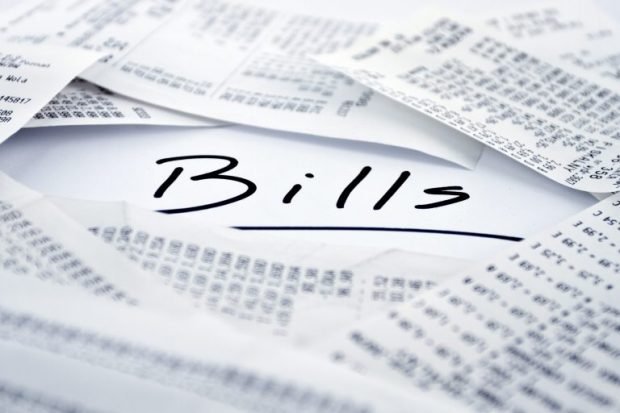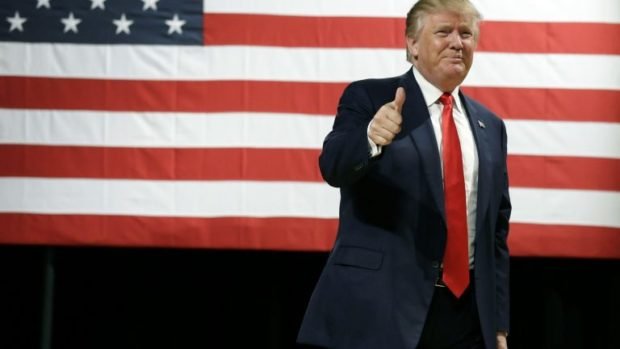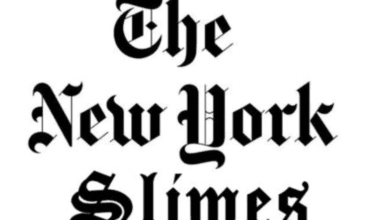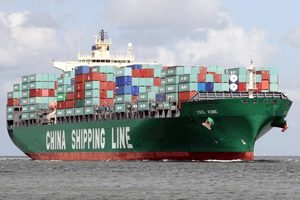Economists Deeply Divided When Asked About Future Inflation
Because of obvious uncertainty. forecasting future activity is always tricky. Usually, forecasters look to the past, noting previous outcomes when certain events occurred. If it turned out that way before, then it’s probably going to turn out that way again.
The issue is a bit more complicated for economists because human behavior is many times inconsistent. For instance, if a consumer sees a higher price for a product will she pay the higher price or will she refrain from the purchase? In the past, she has done both.
Economists today are deeply divided regarding their forecast for future inflation. The Biden Administration and the Federal Reserve (Fed) believe that the inflation spike we have experienced so far this year is temporary and will subside once the economy is fully reopened. They expect inflation to be around 3% this year and drop in the future years.
Other economists say the current inflation is due to a number of demand related reasons, all of which will lead to even higher inflation in the not-to-distant future. They say we could see double-digit inflation which could lead to very restrictive monetary and a recession.
Who is likely to be right?
Since January prices have increased by 2.7%. If the current rate continues, inflation would be 6.5% for the year. The administration believes that the inflation rate will fall very low, perhaps to near zero for the remainder of the year, so that inflation would be in the 3% range for all of 2021.
There are essentially two reasons why an economy experiences inflation. One is the supply-side and the other is the demand side.
On the supply side, if there are not enough units of output produced to meet the demand, then the price mechanism in the marketplace rations the short supply. In other words, insufficient supply means the price rises and some people decide they won’t or can’t purchase at the higher price. But if output can increase to meet the demand, the price will fall back to its original position.
The other supply-side inflation issue is rising costs for the firm. If costs rise, they will no longer be willing to produce the output at the original price. In order to maintain profitability, they must raise the price.
On the demand side, inflation is caused simply by excess demand. In other words, the market is able to purchase more than business can produce. The first hope is that business increases output to meet the excess demand. If, for some reason, they can’t increase output, then the price will rise to ration the shortfall.
The Fed and the Biden Administration take the supply-side view. They reason that the inflation was caused by temporary supply chain disruptions, weather related plant shutdowns and a failure to accurately predict the high economic growth for the past twelve months. As such this supply-side caused inflation will disappear as the economy operates at full capacity.
Already, they argue lumber prices are plummeting from their highs. As the supply catches up to the demand, downward pressure will be put on prices, and the inflation problem goes away.
The opposing view says that there are excess demand issues and even a couple of other supply related issues that won’t disappear anytime soon.
The Money Supply has increased by 18% in the last twelve months. Most economists believe this will inject large amounts of excess demand, especially considering interest rates are at historical lows. This means interest rate sensitive products like houses and cars are seeing unprecedented increases in excess demand, driving prices sky-high.
Additionally, the federal government will have a deficit spending of at least $6.5 trillion in 2020 and 2021. That amount is all excess demand. On a $21 trillion economy, that is operating at full capacity, that’s purely inflationary.
Also, the federal government gave out free money to all income earning households. A family of four received more than $11,000. With excess cash comes excess demand.
On the supply-side, they argue Biden Administration policies continue to drive up the cost of oil and gas. That’s an inflationary ripple through the economy.
And lastly, wages are rising rapidly as, for whatever reason, the high-growth economy struggles to draw workers back into the workforce. Higher wages increase cost to the firm resulting in higher prices. Labor shortages mean business can’t expand output.
Time will tell which view is correct.




